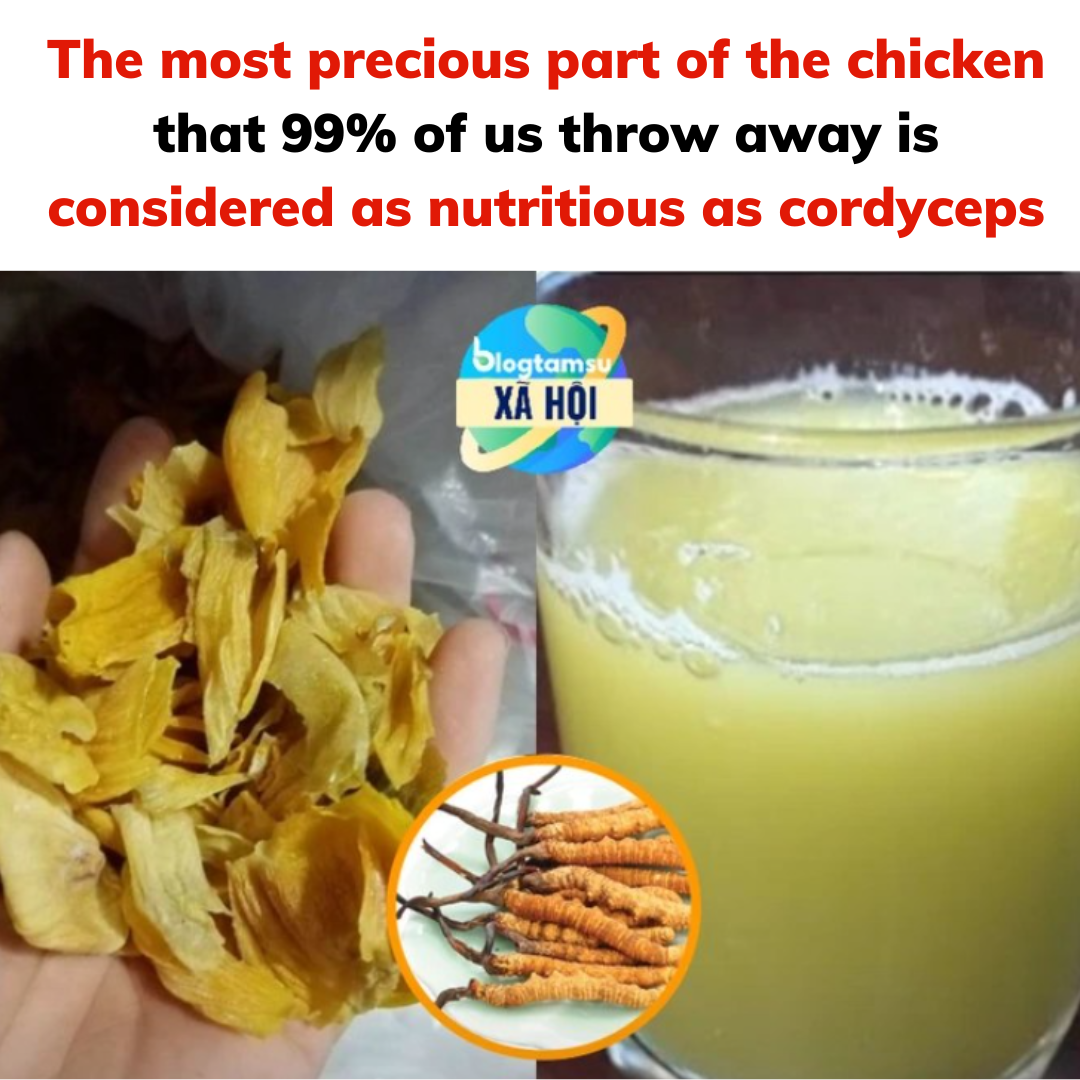
Chicken Gizzard Skin (ji nei jin, 鸡内金) comes from Chicken Gizzard, a tiny muscle that is part of the chicken’s stomach. This muscle helps the chicken to break down and digest seeds and other foods. All birds, including ducks and turkeys, have a gizzard.
Chicken Gizzard is a popular street food in Haiti and Southeast Asia, where they are grilled. In Indonesia and Japan, Chicken Gizzard is often fried. In Portugal, Chicken Gizzard is found stewed. In Africa, Chicken Gizzard is found broiled. In the United States, especially in the Southern states, Chicken Gizzard is often served with hot sauce.
Chicken Gizzard Skin is the inner lining of Chicken Gizzard, which has a yellowish-gold colour. This is why its Chinese name (ji nei jin) carries the meaning of ‘gold inside the chicken’. This substance has been in use in Traditional Chinese Medicine (TCM) for about 2000 years, as shown by its records in the The Divine Farmer’s Materia Medica (Shen Nong Ben Cao Jing, 神农本草经).
In Traditional Chinese Medicine (TCM), Chicken Gizzard Skin falls under the category of ‘Herbs that relieve Food Stagnation’. Such herbs usually possess digestive properties that promote the movement of food. Some of these herbs are high in digestive enzymes and may help with food digestion.
Neutral in nature, Chicken Gizzard Skin does not affect the yin-yang balance in your body. Sweet in taste, Chicken Gizzard Skin can slow down acute reactions, detoxify the body, and has a tonic effect on the body by replenishing qi and blood. In particular, the herb targets the bladder, the Spleen, the stomach and the small intestines.












